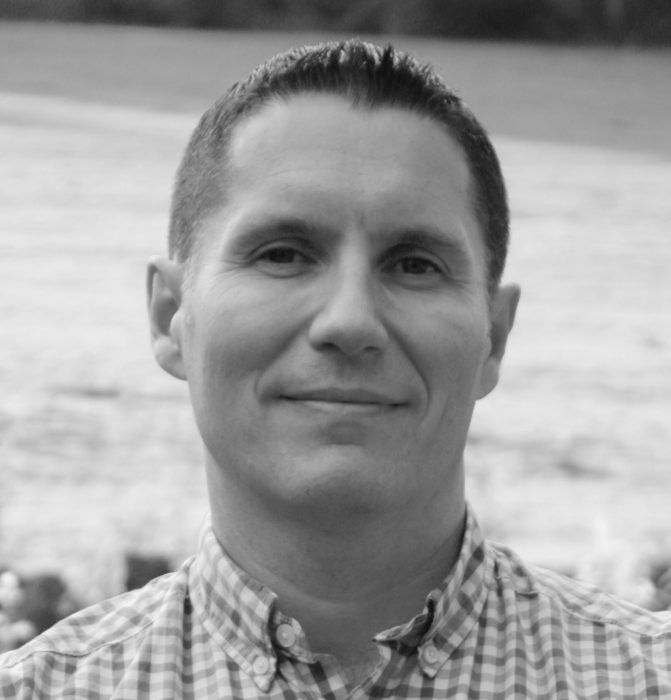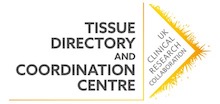Spotlight on – Phil Stephens
In our latest blog post we meet Phil Stephens from Cardiff University to find out more about the Cardiff University Biobank.

What is your role and what does it involve?
I have a few roles within the University, but of relevance to this blog post is that I am the Academic Lead for the Cardiff University Biobank (CUB). This has involved working with colleagues to establish the biobank here in Cardiff (both as a concept and physically) and to ensure its future success through the development of strategic partnerships within Wales and beyond.
How long have you been at Cardiff University and what did you do before?
My background is a research one in cell biology/soft tissue repair, having spent the last 25 years working in the School of Dentistry at Cardiff to now becoming a Professor of Cell Biology and Dean of International for my College. Fortunately, I’ve always worked in a clinical school which means that I have had the luxury of being able to utilise human tissue in my research (kindly gifted by the patients). However, I know this has been a real issue for colleagues across the University and more widely across the UK.
As my research developed and I progressed through the University structure, I became more involved in committees dealing with research and eventually was asked to serve on the Cardiff University HTA committee. In turn, I became chair of this committee and took on the role of HTA Designated Individual for the Cardiff University HTA research licence. Then, over the years, through working closely with my colleague Carina Fraser, we appreciated the need for more centralised, consistent governance, which led us to submit a business case to the University Executive Board for the funding for CUB.
What working achievement are you most proud of?
This has to be working with dedicated colleagues to physically set up our new facility at the University Hospital of Wales site in Cardiff. This has been a multi-million pound investment by Cardiff University, who have had the foresight to see that a financial commitment to centralized facilities not only brings economies of scale, but also supports our existing biobanks/researchers desperate to access relevant human materials in their studies, as well as permitting consistency of governance.
Tell us about a project which is top of your to-do list or that particularly interests you.
I’m really keen to link data to biosamples across a patient’s life course from childhood through to old age. Clinical data is often the data type that springs to mind, but I’m also keen to link research output data and for these links to be ‘permanent’ and ‘searchable’. That means data would be discoverable for biosamples but also that trawling through data could easily lead to access to biobanked samples. This would also ensure that where research has already been undertaken on valuable samples, then those rare samples wouldn’t be wastefully used for exactly the same analysis. It sounds simple, but it’s quite complicated unfortunately!
Do you have any key messages for Biobanks in the UK?
Yes, let's all work together to drive the best outcome for our nation. Coming together to service the wider biosample needs of users (sometimes needing thousands of sample) will enable research to progress much faster. This is where I feel UKCRC TDCC are leading the way. As someone much cleverer than me once said, ‘Coming together is a beginning, staying together is progress, and working together is success’.
What do you consider to be the most exciting developments in Biobanking at the moment?
At heart I’m still a bio-scientist and so what massively excites me at the moment is the development of -omics technologies and how powerful this information will become when linked to biosamples over the next decade. More specifically, it’s that as more and more of these technologies are rolled out in routine clinical practice, we will have the opportunity to transform how we, as a biobanking community, can directly support research and accelerate the development of new patient therapies/population health initiatives so we not only live longer, but live healthier too.
What is the biggest challenge of your job?
Convincing researchers that we are not trying to take away everything they have ever worked for! We occasionally have discussions with people about the fact that we all, collectively, are only custodians of patient biosamples and that we have a moral and ethical obligation to utilize them as wisely as possible for wider patient benefit. CUB exists simply to act as a conduit between the donor and the researcher.
What do you enjoy most about your job?
Working with colleagues and patient/lay representatives that are just so committed and driven in what they do. There are enough hurdles in developing new initiatives so, working with people who see ‘opportunities’ rather than ‘challenges’ and who just want to get on with things is so inspiring. A patient representative once put it so positively in that she questioned why “shouldn’t” we be doing something to help patients, rather than why “should” we be!
What do you like to do outside of work?
As mentioned above, I have a few different University hats which keep me quite (enjoyably) busy. At the moment, life outside of work is very much centred on my kids and their school/social schedules (although think carefully about encouraging your child to be a competitive swimmer – up at 4:30am to get to pre-school training is not for the faint-hearted!). However, when I do have a bit of spare time I try and get to the gym and also keep the garden in some sort of half-decent shape!
